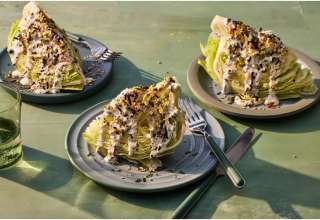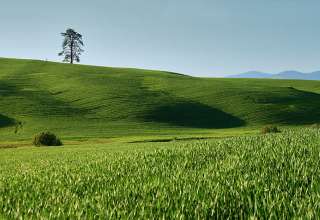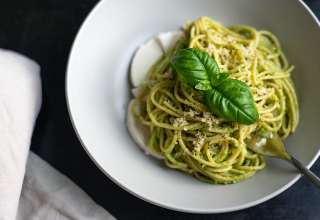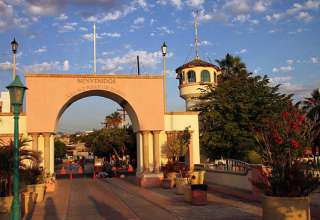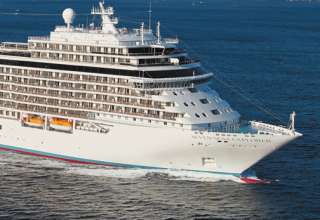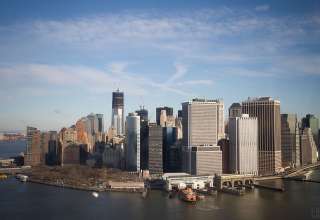Dear Dutch-American –
I am planning a trip to Amsterdam. My plan is to purchase Dutch products for gifts. I have an hour or two at Amsterdam’s Schiphol Airport for a layover. I noticed in the past there were tulip bulbs for sale, which I thought would make a perfect gift for friends and families. But I’d heard that they are not of the highest quality and sometimes don’t even grow. What is the best place in Holland to purchase the bulbs?
— Linda of Vancouver, Washington
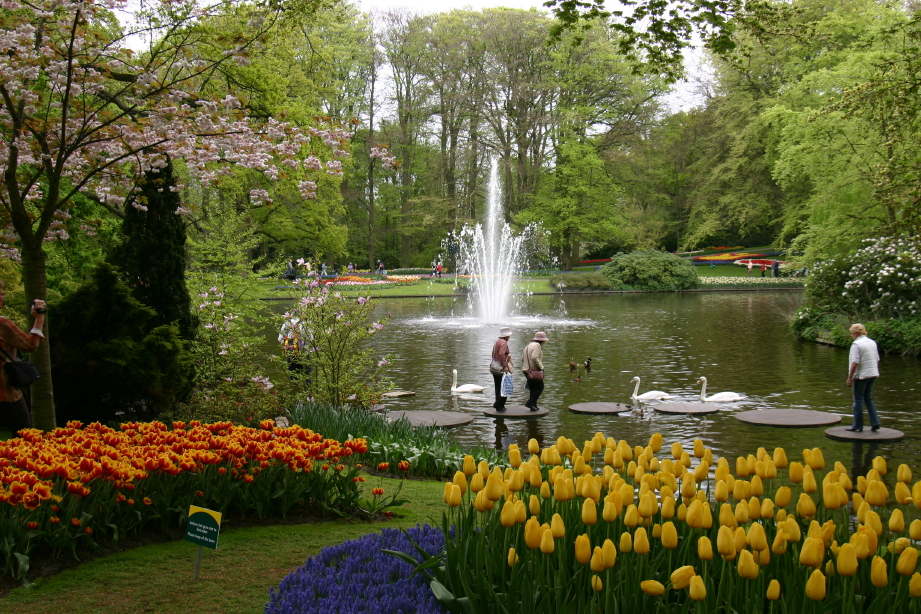
Dear Linda –
Schiphol generally tops the list for the world’s best airport shopping, in particular for chocolates, Stroopwafle, Dutch Genever Gin, Gouda and Edam cheeses, Delft Pottery – but definitely not tulip bulbs, often old and difficult to grow.
The most well-known flower bulb ‘sanctuaries’ in the Netherlands can be found in the region south of Amsterdam, in the uppermost part of the province of North Holland, and in a section of the province of Frevoland.
Linda, will you be visiting Holland in spring? If so, make sure to put Keukenhof Gardens on your list; you’ll be surrounded by a kaleidescape of blooming Dutch tulips at the most famous and largest flower park in the world. Keukenhof’s spectacle of 320,0000 square meters of flowers is a short and easy drive from Amsterdam, and it is essential to plan your visit in advance. AND YES, this is the place to purchase tulip bulbs.
Tulips grow best in maritime areas, preferably not further away than 30-50 miles from the coast. In the Netherlands the area most like this is near the North Sea. The best types of soil are the sandy-clay grounds in the provinces of South and North Holland, Flevoland and the Noordoostpolder. In particular, the maritime climate and the vicinity of water are optimum conditions for growing tulips. I noticed that you live in Vancouver, Western Washington State, which is close to the Skagit Valley. Once a year there is the Skagit Valley Tulip Festival, which should prove to be an easy location to access the bulbs when not visiting the Nethlerlands.
Dear Dutch-American –
Why are there so many bicyclists in the Netherlands when the nation has public transit, automobiles, trucks and buses?
— Barry of Omaha, Nebraska
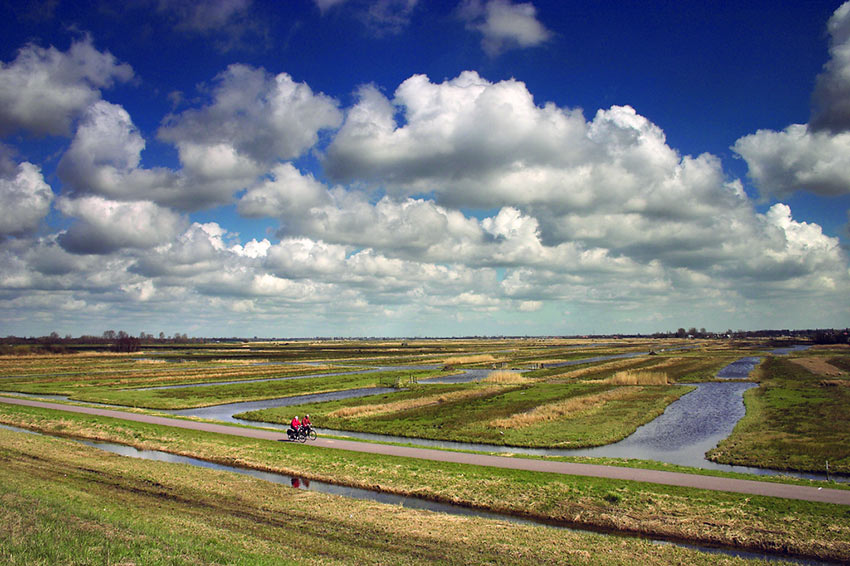
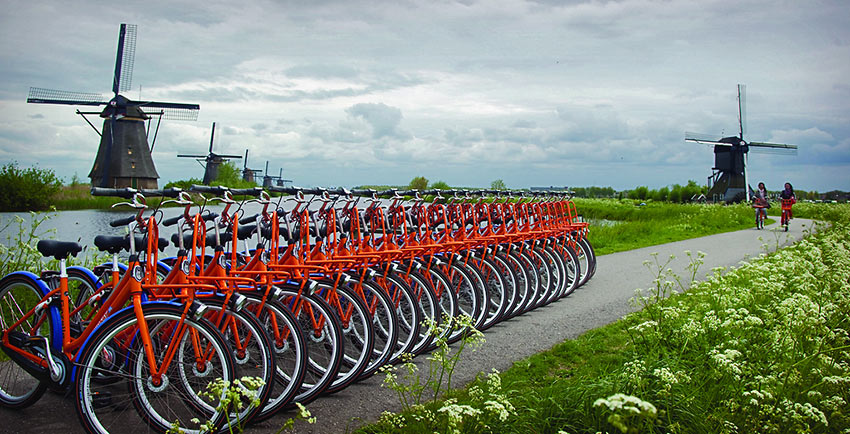
Dear Barry –
The Dutch can afford automobiles, but the price of petrol is over $9/gallon. City fathers have made parking cars in town centers highly expensive, making it much more affordable to simply pedal into the cities. Plus, over 26% of the Netherlands is under sea level, and for centuries the Dutch have battled against the ocean water with a system of polders, dykes and weirs. This has created a stunning and unique flat as a pannekoeken (pancake) landscape of reclaimed land across the country, ideal for bicycling. As one of the world’s most forward thinking democracies, Dutch citizens are highly educated, aware that unregulated fossil fuel could not only damage their health, but also the life of our own planet. I’ve noticed that many Dutch people find it perplexing that ignorant far-right Americans consider monetary profiteering more important than the health of their own children. Please note: When strolling through a popular tourist destination, it is the bicyclist who have the right aways on the pathways — so keep your wits about you and be quick on your feet.
Dear Dutch-American –
My time in Amsterdam is far too limited to see all that needs to be seen. What is your pick for the city’s best museum?
— Wendy of Portland, Maine
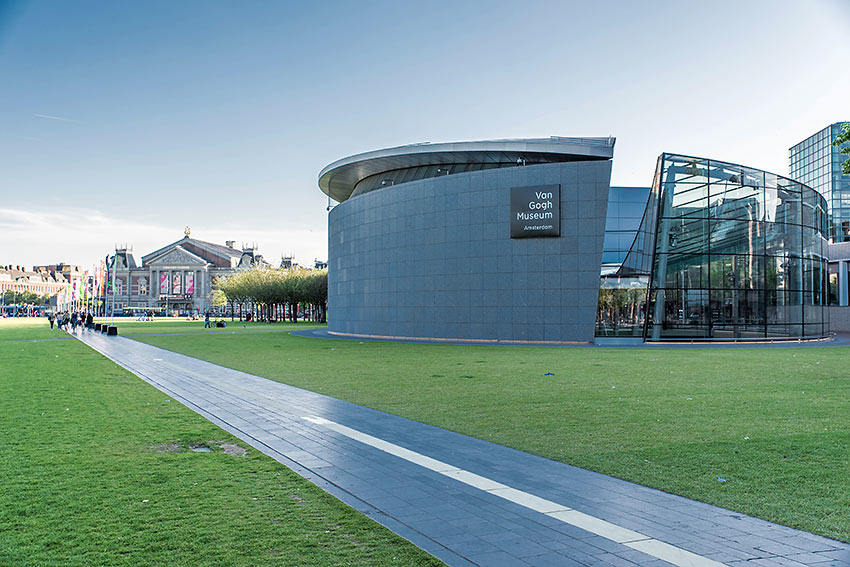
Photograph courtesy of the Van Gogh Museum.
Dear Wendy –
This is a win-win situation. You really can’t go wrong.
MUSEUM SQUARE is a brief tram ride from Amsterdam’s city center, home to the RIJKSMUSEUM, which includes the works of Rembrandt and Vermeer.
The VAN GOGH MUSEUM is short walk away, and contains the world’s largest collection of paintings and drawings by the artist.
JOODS HISTORIC MUSEUM consists of four adjoining synagogues, linked by internal walkways to form one large museum. The synagogues were central to Jewish life until WWII, and were restored in the 1980s. Most Dutch tourist who visit the museum today are not Jewish, and consider the museum a part of their own history, as well.
ZUIDERZEE MUSEUM in Enkhuizen, an hour away from Amsterdam by train, recreates local Dutch village life throughout history.

Anne Frank House, Amsterdam. Public Domain Work).
“You can always give something, even if it is only kindness.” – Anne Frank.
ANNE FRANK HOUSE & ADJOINING MUSEUM: During World War II, over 103,000 Europeans of Jewish ancestry were deported from the Netherlands to Nazi concentration camps. The most famous was a 13-year-old German girl named Annelies Marie “Anne” Frank. In 1942, the Frank and van Pels families went into hiding in the secret upstair’s annex of a canal building in Amsterdam. For two years, Anne worked on her diary, giving an account of growing up during one of the most inhumane periods of modern history. She made her last entry three days before being arrested. Anne and her older sister Margot died of typhus in Bergen-Belsen in March 1945, only a few weeks before the concentration camp was liberated. The heroic Amsterdamer, Miep Gies, who had helped to hide and feed the Frank and van Pels families at the risk of her own life, found Anne’s manuscripts and gave them to Otto Frank, Anne’s father, the only family member who had survived the concentration camps. With the utmost respect for the privacy of the Frank family, Ms. Gies never once opened the manuscript. In 1947 the first Dutch edition of the diary, “Anne Frank: The Diary of a Young Girl” appeared. Since then the diary has been published in more than 55 languages. Anne’s hiding place is the most visited site in the Netherlands. Today you can retrace her steps where she entered the secret annex hidden behind the bookcase.
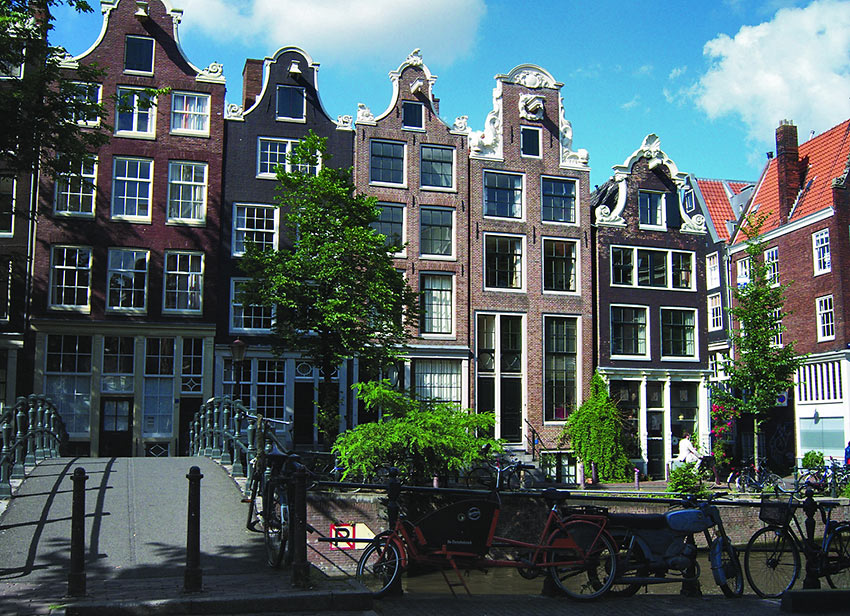
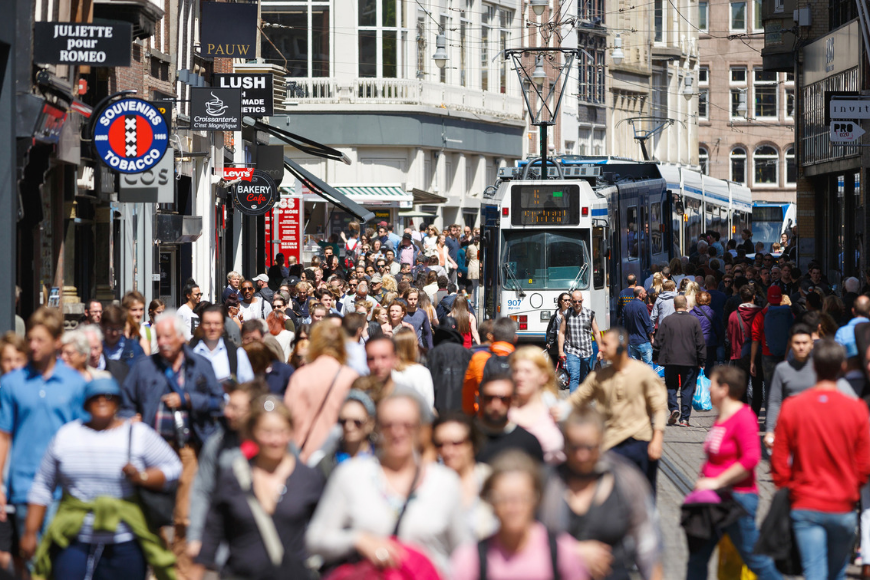
Meet our Dutch-American: Deb Roskamp
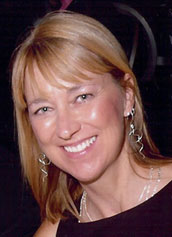
This installment of our advice column comes to you from T-Boy photographer Deb Roskamp, a first generation Dutch-American, whose ancestral home hails from Andijk in the province of North Holland, the place of her mother’s birth
Readers, feel free to ask our staff any questions regarding their ancestral homeland of your choice at ed****@tr**********.com . T-Boy has an illustrious team of writers ranging from British-Americans, Chinese-Americans, Nigerian-Americans, Norwegian-Americans, and more, who have an acute understanding of their ancestral homeland.


